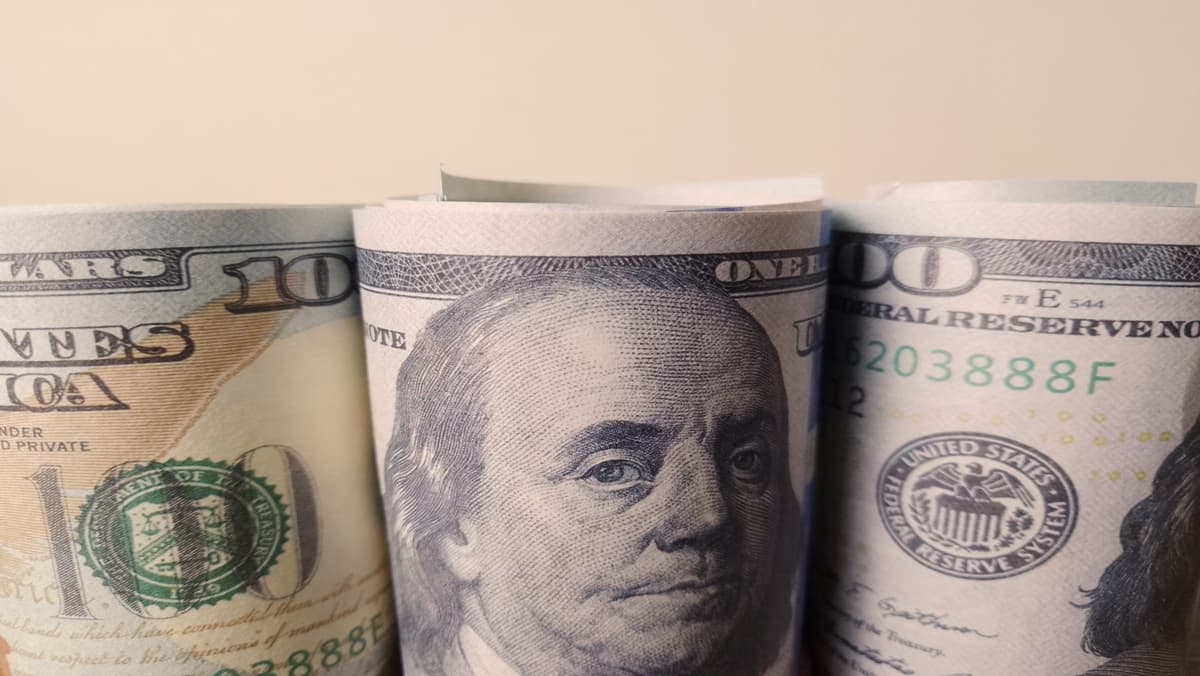
Monday Sep 2 2024 01:00

5 min

Data released by the U.S. government on Thursday showed that, driven by strong consumer spending and business investment, the U.S. economy grew at a healthy annual rate of 3% last quarter, faster than the initial estimate.
The U.S. Q2 real GDP annualized quarter-over-quarter revision was increased to 3%, compared to the expected 2.8%. The annualized quarter-over-quarter core PCE price index revision for Q2 was 2.8%, below the forecast and the previous value of 2.9%. For the week ending August 24, initial jobless claims were 231,000, lower than the expected 232,000, with the previous value revised up from 232,000 to 233,000.
Following the data release, U.S. Treasury yields rose. The 10-year Treasury yield increased by 0.7 basis points to 3.848%. The U.S. Dollar Index briefly rose by nearly 20 points, and the dollar strengthened against the yen by almost 80 points. Spot gold briefly dropped $10, nearly erasing its intraday gains.
The U.S. Bureau of Economic Analysis explained in its press release, "The acceleration in real GDP in the second quarter, compared to the first quarter, primarily reflected an increase in private inventory investment and an acceleration in consumer spending." The slightly faster growth rate in the second quarter, compared to the initial report, mainly reflects an upward revision in consumer spending.
Consumer spending, which accounts for about 70% of U.S. economic activity, grew at an annual rate of 2.9% last quarter, higher than the preliminary estimate of 2.3%. Business investment increased by 7.5%, with equipment investment growing by 10.8%.
Thursday’s GDP report indicates that, despite the pressure from persistently high interest rates, the U.S. economy, while gradually slowing, has shown resilience. The report represents the Commerce Department’s second estimate of domestic GDP growth for the second quarter, with final estimates set to be released in late September.
Economic conditions play a significant role for voters ahead of the November presidential election. Although inflation has dropped sharply since reaching a 40-year high in mid-2022, many Americans remain frustrated with elevated prices.

The Federal Reserve raised its benchmark interest rate 11 times in 2022 and 2023, bringing it to its highest level in 23 years. It was widely expected that the higher borrowing costs for consumers and businesses would lead to a recession. However, the economy has continued to grow, and employers have kept hiring.
With inflation now only slightly above the Fed's 2% target and likely to decelerate further, Fed Chair Jerome Powell has effectively declared victory over inflation. As a result, the market is fully pricing in that the Fed is preparing to start cutting rates at its next meeting in mid-September.
The Fed's shift toward gradual rate cuts aims to achieve a "soft landing"—curbing inflation while maintaining a healthy labor market, thus avoiding a recession.
Recently, the Fed has shifted its focus from fighting inflation to supporting a gradually weakening labor market. The unemployment rate has risen for four consecutive months, reaching 4.3%, though still low by historical standards. Job openings and hiring rates have also slowed, though they remain relatively stable.
Initial jobless claims have fallen from an 11-month high reached at the end of July, as the temporary shutdowns at auto plants and the impact of Hurricane Beryl have subsided. The claims remain at levels consistent with a gradual cooling of the labor market, which should help ease concerns about a sharp economic downturn. However, reemployment opportunities for those who are unemployed are becoming increasingly scarce, suggesting that the unemployment rate may remain elevated in August.
When considering shares, indices, forex (foreign exchange) and commodities for trading and price predictions, remember that trading CFDs involves a significant degree of risk and could result in capital loss.
Past performance is not indicative of any future results. This information is provided for informative purposes only and should not be construed to be investment advice.
